
WRITTEN BY PETE BARDUNIAS, SENIOR VICE PRESIDENT, MEMBERSHIP AND COMMUNITY ADVANCEMENT, CAPITAL REGION CHAMBER
Did you know it is NEVER legal to pass a slow-moving farm tractor in a no-passing zone (i.e. on a double yellow line)? Yes, it can be annoying to be stuck behind one when we are rushing off to a meeting somewhere. It can also be confusing if the tractor eases over to the right as if they are letting you pass them. Perhaps the operator isn’t sure of the rules either. Or (more likely) they are so used to being passed by impatient, angry, ignorant motorists that they instinctively move as far to the right as possible out of concern for their own safety.
Such is the life of a local farmer these days. The reason they are on the roads in the first place is that very few of Saratoga County’s 591 remaining farms operate on contiguous plots of land. Farms have been broken up by various factors in recent decades, and so these tractors are moving between various sections, often interspersed among housing in residential areas. For many, especially those who are coming to this area from more urban surroundings, living amongst farms can be part of the charm and appeal of living here; for others, it’s perhaps a very unexpected nuisance.
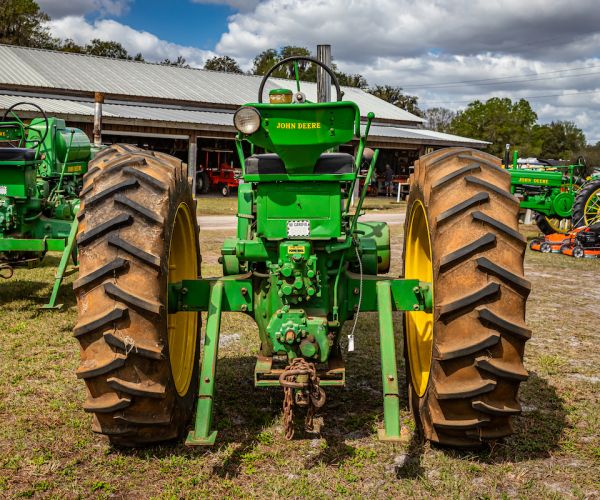
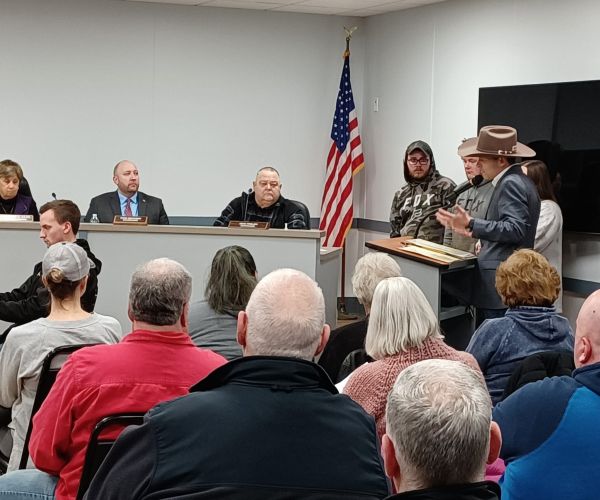
Above Left: Large farm tractors like these are often seen on area roadways during the growing season. Please be patient and respect their right to share the road, after all, they may well be in the process of growing a meal for your table!
Above Right: Milton resident and Saratoga County Fair board member John Mancini makes an emphatic point before the Milton Town Board, this past February, in support of zoning revisions to bolster and encourage area farming. Photo provided.
Back in March, the Chamber of Southern Saratoga County was a partner alongside the Saratoga County Farm Bureau, Cornell Cooperative Extension and Saratoga Sod Farm, to explain the ever- changing and complex regulations regarding trucks used for agricultural use, farm implements, and rules pertaining to farm tractors on roads. Education is key in any business, and the event helped area farmers understand which rules pertain to them. Now we need to educate the rest of society what rules they operate under as well.
Expanding communities grapple with the impact on legacy industries like manufacturing and farming. Agriculture is, after all, a form of industry in itself – raw materials like food, hay, straw, seeds, etc. become farm animals and vegetable plants, and then those are transformed into the steak, eggs, and veggies on our dinner tables. There is waste, there are processes and procedures, potential dangers, lots of training, employee shortages, and rules and regulations to deal with, just as any such business.
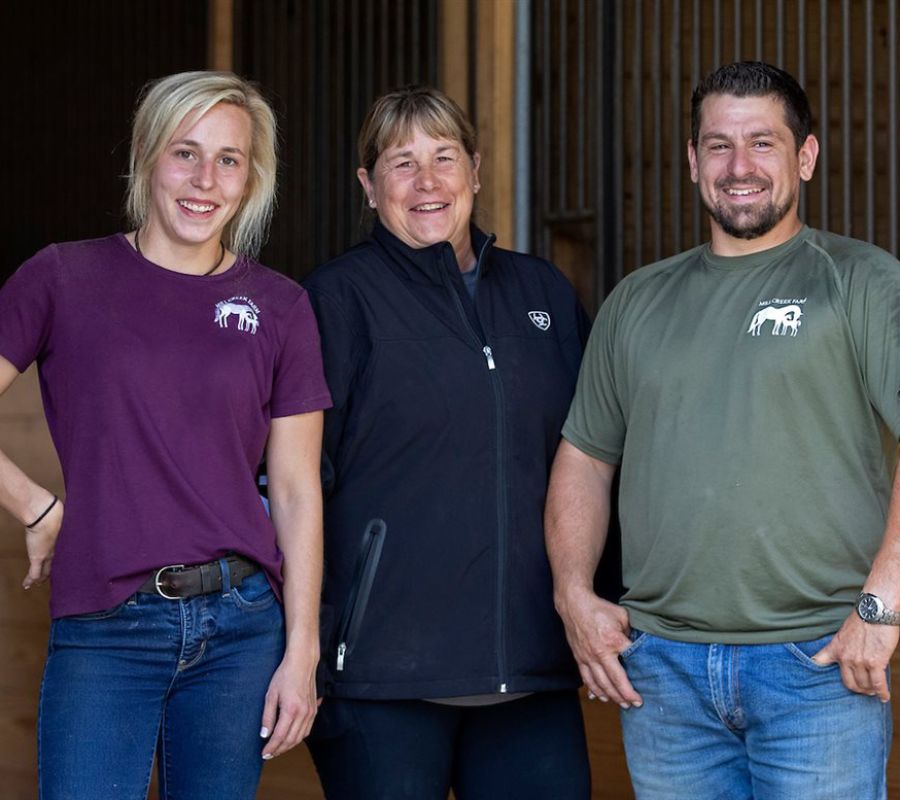
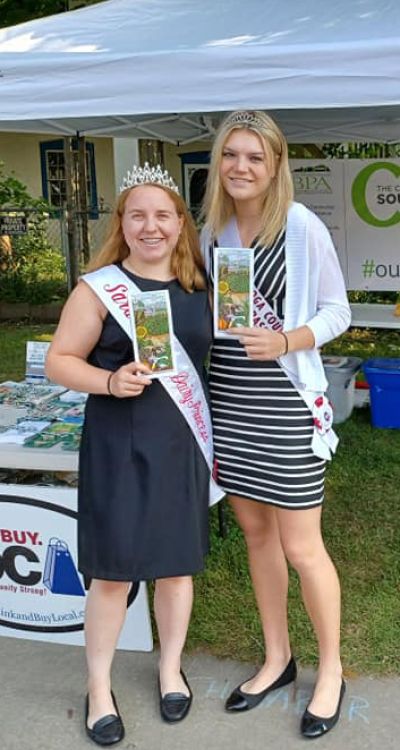
Above Left: Anne Morgan (center), with daughter Samantha and son Michael, of Mill Creek Farm (1019 County Road 70, Stillwater, 518- 584-9457, millcreeksaratoga.com) are an example of the thriving multigenerational farm families here in Saratoga County. Their specialty is breeding horses, and they are very busy for months at a time. Photo provided.
Above Right: 2021-’22 Saratoga County Dairy Princess Caitlyn VanDeusen, pictured with her successor, 2022-‘23 Dairy Ambassador Lauren King promoted agriculture at events such as the Waterford Tugboat Roundup, Canal Festival, Saratoga County Fair & more. Photo provided.
Encroachment of development on farmland is a continuing concern, especially in southern Saratoga County. Declining farmland is evident in the scores of new developments going up on what was previously fields for corn, hay, and other crops. Some town boards have enacted moratoria on new projects while formulating zoning regulations that suit the wishes of town residents and leaders.
Other communities have produced zoning rules designed to encourage the spread of farming including new farms. In late February the Town of Milton revised its R2 zoning to essentially allow unrestricted agricultural uses on properties of at least 2 acres, while smaller properties could apply for special use permits. Jamie Pettis, President of the Saratoga County Farm Bureau, noted at the meeting that half of the county’s farms gross less than $5000 in sales, and these small farms are the ones most encumbered by the cost of complying with onerous regulations. Ballston Town Councilman and accomplished area farmer Chuck Curtis noted, “In the general public there’s a huge disconnect between society and where their food comes from. Questions farmers get every day are astounding. We need to close this gap between the public at large and where their food comes from.”
Farms are adapting to changing times, but it is slow. A robotic milking machine is now available to dairy farms to provide an alternative to the conventional milking “parlor,” or building that cattle are led into by workers to be hooked up to machines and milked, one at a time. The robotic system is fully automatic and the cows essentially “milk themselves,” since they are quickly trained that walking over to the machine will ease the pressure on their udders. This makes farms less susceptible to labor shortages, and just as “regular” manufacturing made big changes years ago that required less general labor and more trained technicians, this type of system promises to reform agriculture along similar lines. The challenge, though, is to bring costs down enough so that the system produces the same profit that the current, labor-intensive operations do.

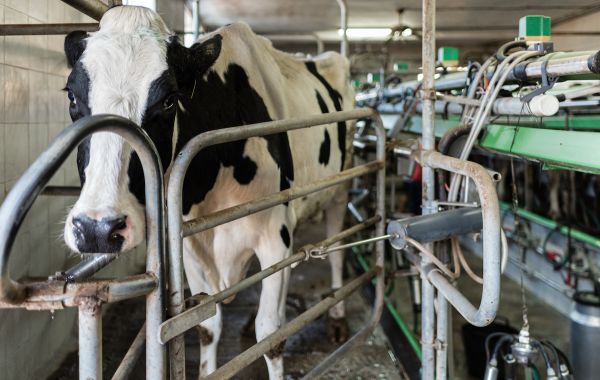
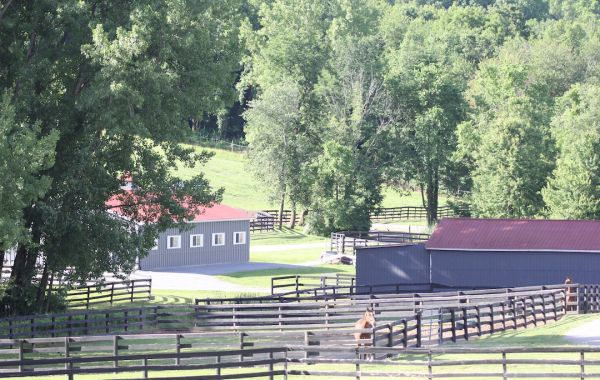
Horses are, of course, a huge part of Saratoga County agriculture. And thoroughbreds mean big business for area farms. Mill Creek Farm in Stillwater, for example, breeds many horses on its 100 acres, offering a wide array of services including boarding, foaling, sales prep, breeding, layups and stallions. It is hard work, often with little rest for the weary.
“Foaling season takes a toll, as we are working 24 hours around the clock for 6 months of the year,” said Samantha Little, co-owner of Mill Creek Farm, which hosted the last in the annual Sundae on the Farm series aimed at introducing the general public to the farm community.
Sundae on the Farm ended because of the challenges associated with disrupting farm operations at a time when the older generations are no longer able to facilitate such events, and their children aren’t always sure they want to continue in the business. However, many young farmers such as the Saratoga County Dairy Ambassadors are eager to show they have what it takes. At the Waterford Canal Festival, held in mid-May, a Saratoga County Dairy exhibit was sponsored by Stewart’s Shops and the Saratoga County Board of Supervisors. Also present was a farm tractor, and information reminding us non-farmers of the dangers associated with acting reckless around them while they are on the road. We are blessed to live in a very farm-friendly county and would do well to remember that coexistence is a two-way street.

